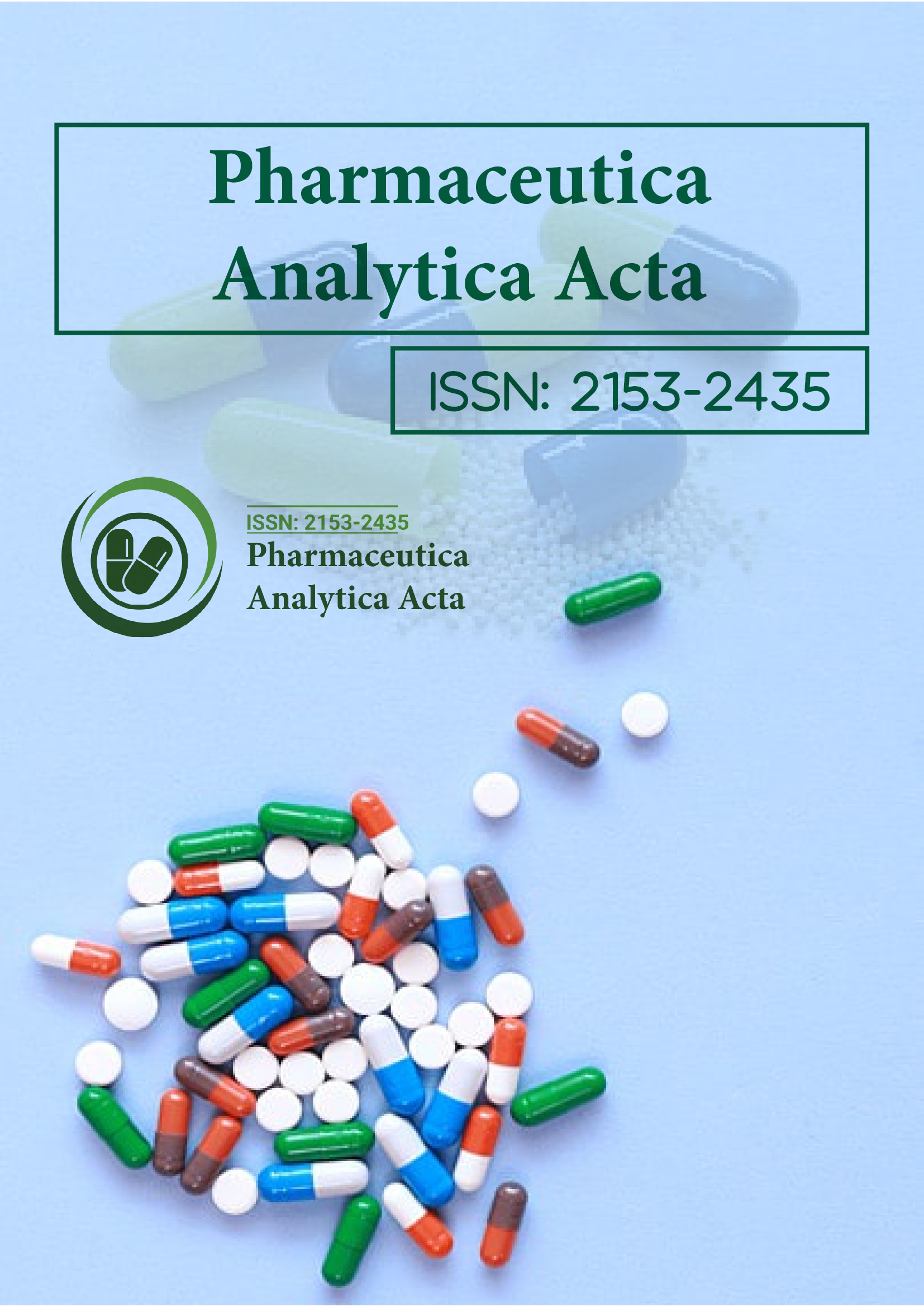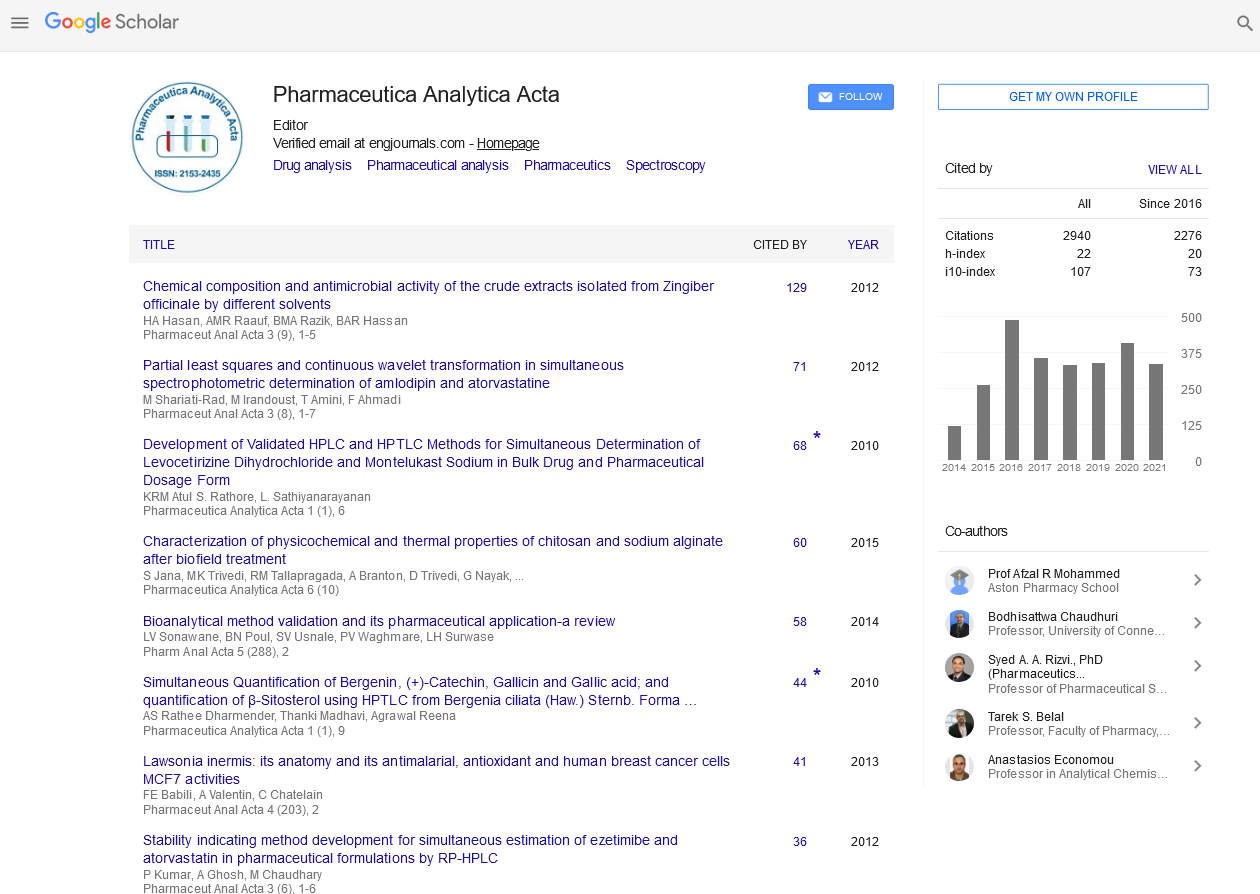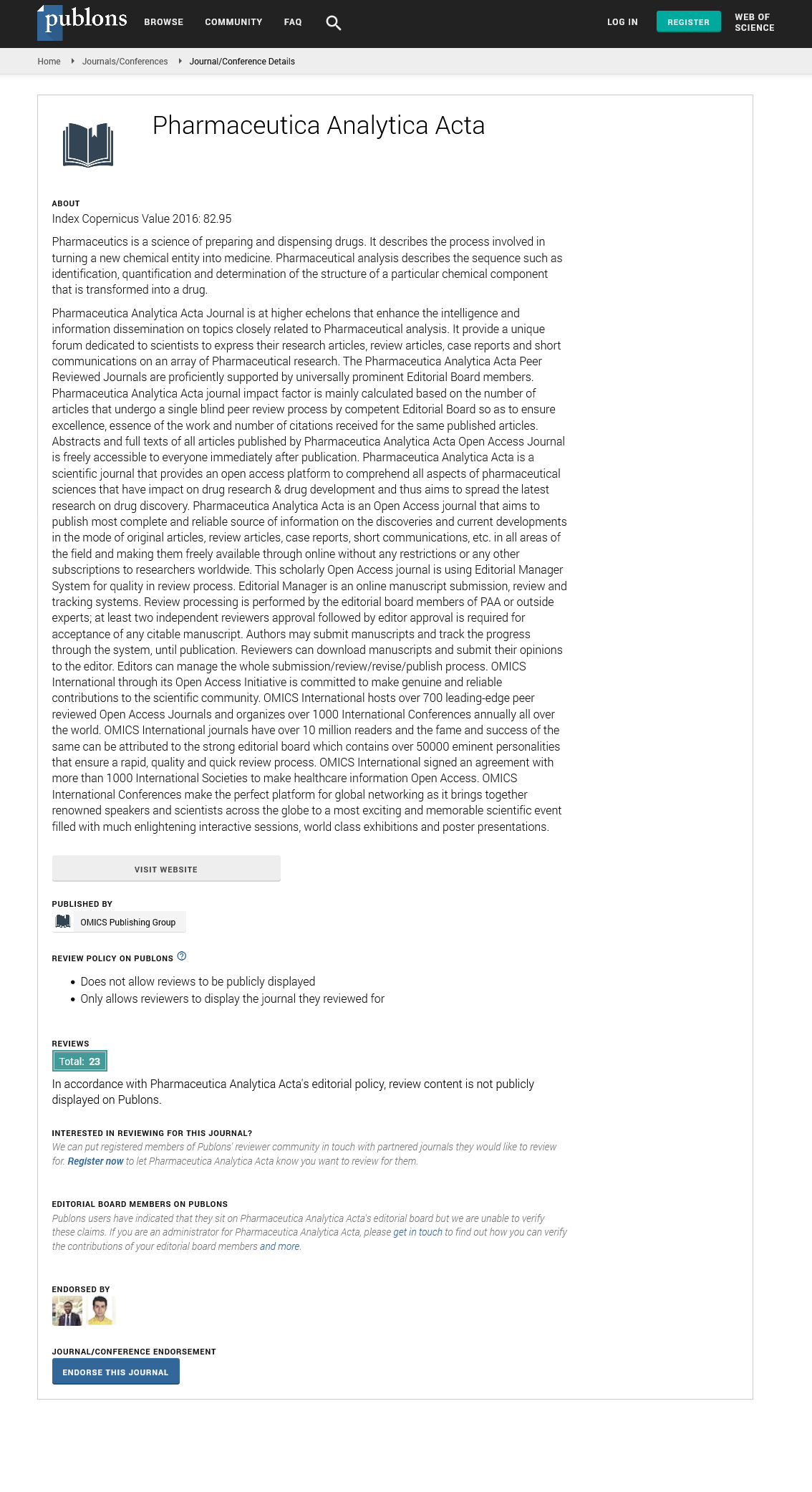Indexed In
- Open J Gate
- Genamics JournalSeek
- Academic Keys
- JournalTOCs
- The Global Impact Factor (GIF)
- China National Knowledge Infrastructure (CNKI)
- Ulrich's Periodicals Directory
- RefSeek
- Hamdard University
- EBSCO A-Z
- OCLC- WorldCat
- Publons
- Geneva Foundation for Medical Education and Research
- Euro Pub
- Google Scholar
Useful Links
Share This Page
Journal Flyer

Open Access Journals
- Agri and Aquaculture
- Biochemistry
- Bioinformatics & Systems Biology
- Business & Management
- Chemistry
- Clinical Sciences
- Engineering
- Food & Nutrition
- General Science
- Genetics & Molecular Biology
- Immunology & Microbiology
- Medical Sciences
- Neuroscience & Psychology
- Nursing & Health Care
- Pharmaceutical Sciences
Commentary - (2024) Volume 15, Issue 4
Controlled Release Systems: Extending Efficacy, Minimizing Side Effects
Tetsuya Akaishi*Received: 29-Nov-2024, Manuscript No. PAA-24-27779; Editor assigned: 02-Dec-2024, Pre QC No. PAA-24-27779 (PQ); Reviewed: 16-Dec-2024, QC No. PAA-24-27779; Revised: 23-Dec-2024, Manuscript No. PAA-24-27779 (R); Published: 30-Dec-2024, DOI: 10.35248/2153-2435.24.15.800
Description
Drug delivery has seen a revolution thanks to controlled release systems, which have the ability to increase medicine effectiveness while reducing undesirable side effects. Drugs are typically used in amounts that are quickly absorbed into the bloodstream, producing therapeutic benefits that peak and then sharply drop. Particularly in people with long-term medical issues, this erratic pattern may result in adverse effects or less than ideal therapeutic levels. However, controlled release systems provide a remedy by releasing the active component gradually over a long period of time, guaranteeing that the medicine stays in the body at a constant, therapeutic level. This not only increases therapy efficacy but also greatly improves patient compliance and comfort. The ability of controlled release devices to lessen the frequency of drug delivery is another benefit. Patients, especially those who are managing chronic diseases, may find it hard to take many doses of traditional medications throughout the day. Contrarily, controlled release formulations improve patient compliance by enabling once-daily dose or even less frequent administration. For instance, in order to maintain appropriate blood pressure levels, people with hypertension may be prescribed medication that must be taken multiple times daily. By offering steady coverage throughout the day, a controlled release form of the same medication would eliminate the need for several doses and make it simpler for patients to follow their treatment plan.
Targeted therapy is another area where controlled release methods create new opportunities. These systems can be made to target particular parts of the body by regulating the release of a medicine, which increases its efficiency while reducing its negative effects on healthy tissues. For instance, strong chemotherapy medications are frequently used in cancer therapies; while they are efficient in destroying cancer cells, they can also harm nearby healthy tissues. By targeting the tumour site and releasing the drug gradually over time, a controlled release device can increase the drug's concentration at the tumour while protecting healthy cells, lowering the risk of negative side effects including nausea, exhaustion, or hair loss. Controlled release systems not only improve therapeutic efficacy and minimize side effects, but they also make it possible to create more individualized medications. These devices can offer more individualized therapies by adjusting the release profiles to each person's unique requirements. For instance, controlled release formulations can be modified to account for the fact that different patients may metabolize medications at varying rates, guaranteeing the best possible therapeutic results. In the treatment of diseases like diabetes, where regular blood sugar control is essential, or mental health, where it can be difficult to maintain a stable mood balance, this individualized approach is quite beneficial. Controlled release systems have many benefits, but they can have drawbacks. The difficulty of creating formulations that administer the medication at the appropriate rate and for the right amount of time is one of the primary challenges. Additionally, as some drugs may deteriorate over time and lose their effectiveness, the stability of the drug within the controlled release system needs to be constantly monitored. Additionally, whereas controlled release devices can lower the frequency of administration, they can also make it more difficult to modify the dosage in the event that the patient's condition changes.
In conclusion, controlled release systems provide patients more convenient and efficient treatments and constitute a substantial development in drug delivery technology. These systems increase the duration of therapeutic efficacy, reduce adverse effects and enhance patient adherence to treatment plans by guaranteeing a consistent delivery of medication. With the advancement of technology and ongoing research, controlled release formulations are expected to play a major role in treating a wide range of chronic illnesses, improving therapeutic results and patient quality of life.
Citation: Akaishi T (2024). Controlled Release Systems: Extending Efficacy, Minimizing Side Effects. Pharm Anal Acta. 15:800.
Copyright: © 2024 Akaishi T. This is an open access article distributed under the terms of the Creative Commons Attribution License, which permits unrestricted use, distribution and reproduction in any medium, provided the original author and source are credited


